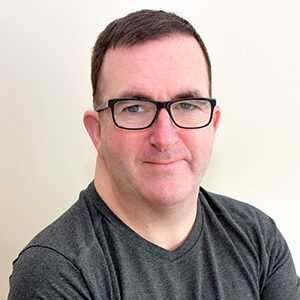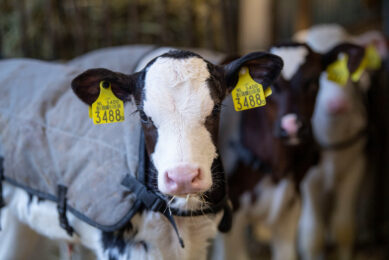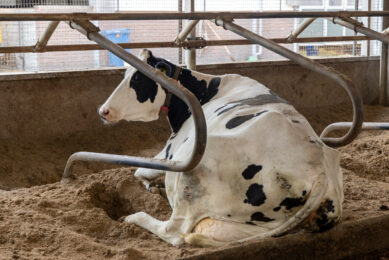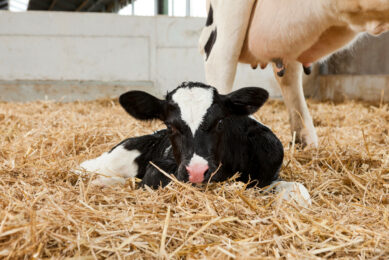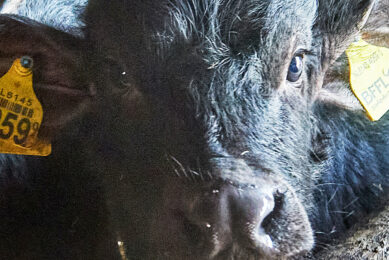Israeli project examines benefits of keeping calves for longer with mothers
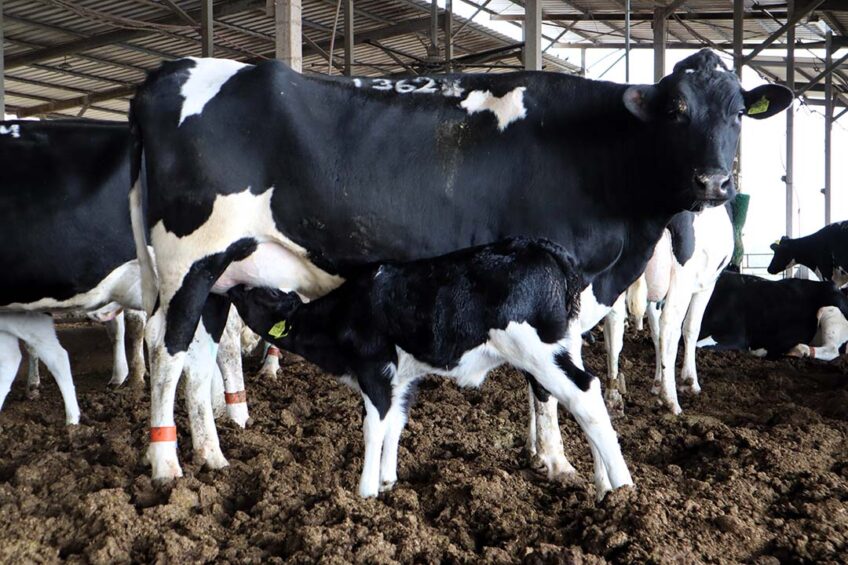
Keeping calves with their mothers for longer periods after their birth has always been a controversial subject for dairy farmers citing concerns over costs, logistics and practicalities. Those in favour of the move say there are health and welfare benefits for both mother and offspring, as well as possible improvements in milk quality going forward.
An ongoing project in Israel, called Natural Dairy Farming, examines exactly what the practice means in reality as they keep cow and calf together for 3 months. Project leader and veterinarian, Dr Sivan Lacker, said animal welfare can be increased across the board, and profits can be maintained with the potential to increase milk quality. She started the project on a 90-cow farm in northern Israel and is hoping the benefits found can encourage others farmers to try the same.
“I started my company Mutual Dairy Farming in 2013 with a sharp vision of improving cow and calf welfare in the dairy industry. A big part of what we do focuses on the farmer’s mindset by developing an awareness of cows’ behavioural needs. This leads to practical welfare changes and I support the farmers with training sessions and follow-up visits,” said Lacker.
“In the past 5 years I have been in collaboration with 2 big dairy co-ops, working closely with approximately 60 of their dairy farms. Fundamental progress has been made in welfare improvement; however, I always felt the next step to take is to keep the cows and the calves together. Separating the calf from the cow has always been a point of contention for me. Prioritising the development of a mother-calf bond and early life together is the most basic behavioural need for both animals,” she said, adding that denying this possibility is a breach of animal welfare and introduces potential stress effects, which can be reduced and even eliminated.
Sivan has been a practicing veterinarian for 14 years and has focused more closely on animal welfare during the last 10 years. During this time she has gained a good understanding of cows behavioural needs and wanted to explore practices that would improve cow and calf health, reduce stress levels, improve cow-calf welfare and remain economically viable.
Sivan adds: “In 2019, I travelled to Europe to visit organic farms that raise calves and cows together. I wanted to learn up close from the farmers who have been using these methods for many years and gain a deeper understanding of the advantages and challenges of this system.
“Simultaneously, I have kept up to date with most of the research published in the last few years concerning cow-calf interaction. These sources have created the wellspring from which my passion to take a leadership role in this field comes from. I have been able to create a unique method that realises all these criteria.”
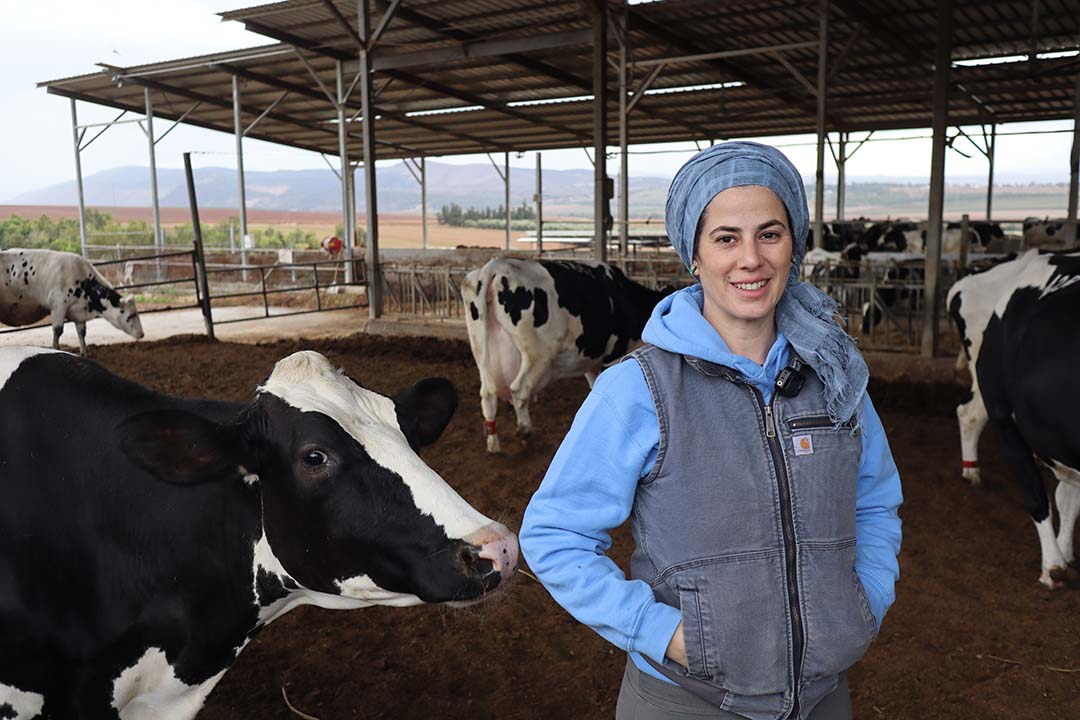
Natural behaviour
Traditionally, most dairy farmers all over the world separate the calf from the cow at birth. Cows are typically allowed to lick the calf to help it recover from the birth and get it up on its feet. Calves are then taken to rearing pens to be fed and cared for by the farmer, thus eliminating the chance for any strong bond to form.
Traditionally, it has been argued that the more time cow and calf spend together, the deeper the mutual bond and the more intense the stress of being separated can be. On the other hand, research shows there are long-term benefits of prolonged contact in terms of sociality, fearfulness and future maternal behaviour. Health, weight gain and future productivity are also improved when the calf is allowed to spend more time with the cow.
Sivan says: “In my programme, we let them stay together for about 3 months and then start a gradual weaning protocol, which I developed. Enabling natural behaviour is proven to reduce stress and frustration levels from both the cow and the calf. Stress has a significant influence on health, milk production, milk quality, weight gain and fertility.
“When my system is implemented properly, with the right structural changes, it makes the farmer’s life easier and actually reduces working hours. There is no need to move the calf to a new pen, defrost and feed it colostrum, clean its pen every few days, feed it up to 3 times a day, clean and wash out the bottle and bucket after every feeding. By cancelling these management steps, the farmer saves time as all they have to do is supervise and make sure the calf is suckling and gaining weight.”
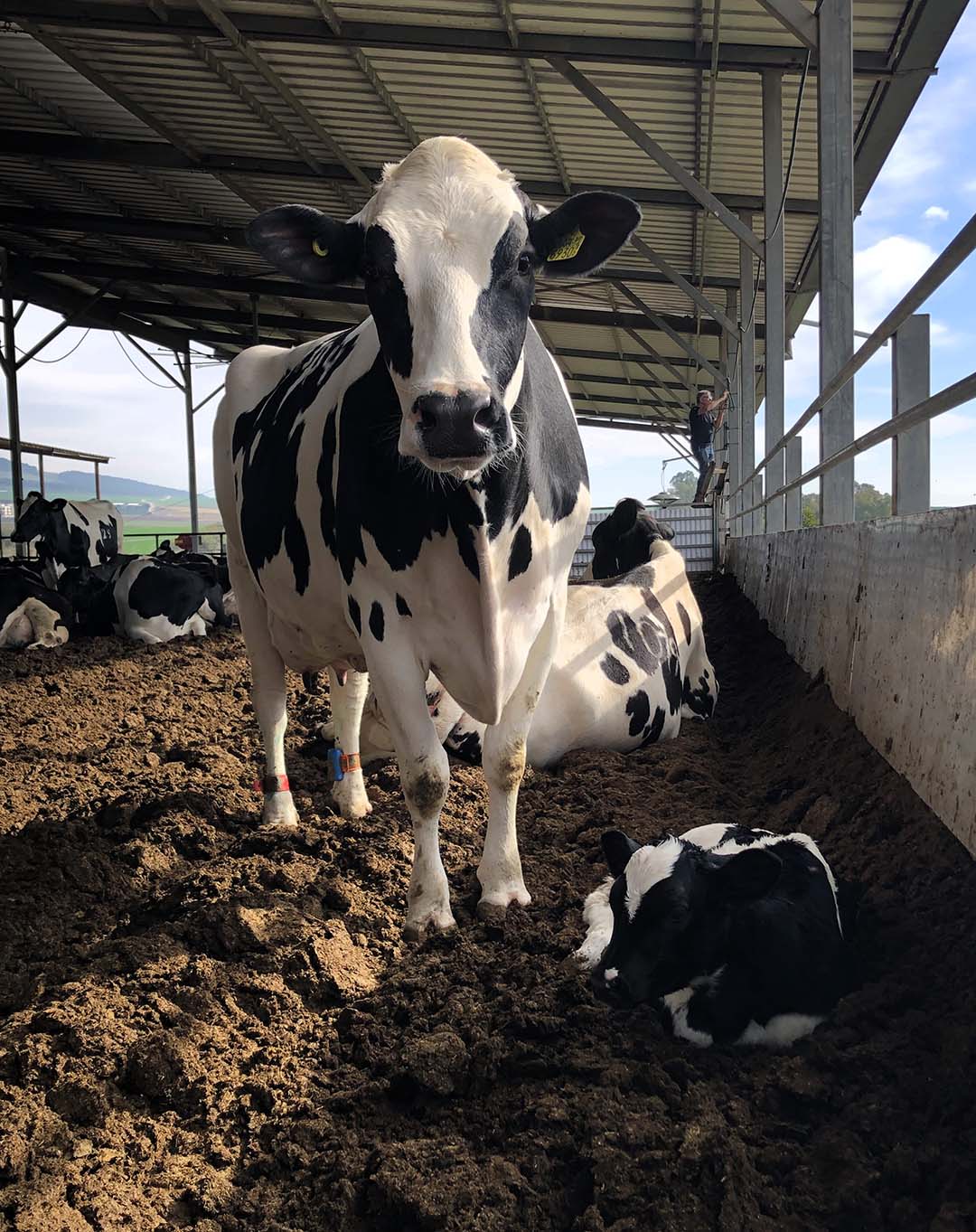
Basic freedoms
Other advantages of the system are that the calf has more freedom of movement than it would have in a small pen. Also, the calves should thrive better with fewer cases of diarrhoea, if managed correctly. Fewer cases of mastitis among the cows have been reported, with fewer cases of metritis and retained placenta.
Some farmers have voiced concerns that they would have less milk to sell for processing, if calves were kept longer on cows and fed more. The veterinarian comments: “It all has to do with operation and the management of the system. Calves are able to suckle up to 10 litres of milk per day. During the period they are with the cows, the farmer will have less milk to sell. At a certain point, the weaning process begins and the milk consumption, of course, is reduced. It all depends on the protocol chosen.
“There are a number of important factors present that offset this short-term loss. Milk consumed by a calf while with the mothering cow would have been given to it anyway in the calf pens, either with whole milk from the tank or by milk replacement powder. This is an expense the farmer takes into consideration when creating budgets. Furthermore, there are large economic advantages allowed for by reducing cases of illness.
“Research also shows that, after weaning, cows being suckled have gone on to produce higher yields than those that were not. Therefore, the farmer literally gets some of the lost milk back,” she notes.
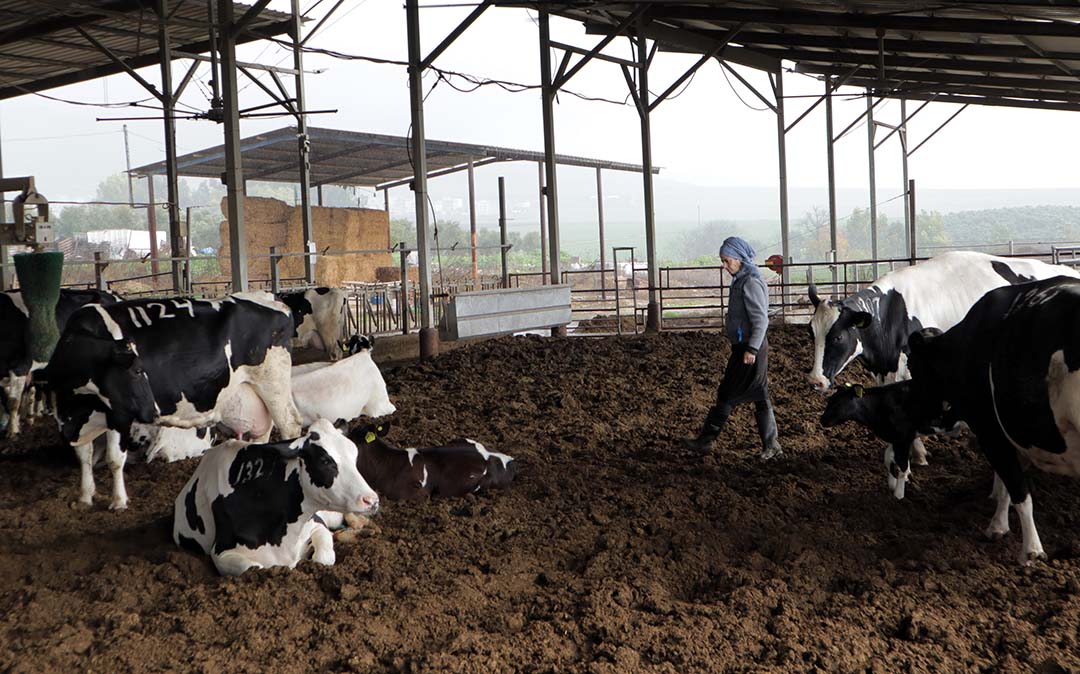
Worldwide goal
Sivan says her goal has always been to improve cow calf welfare on dairy farms, but she realises, at the same time, it is just as important that the changes she suggests don’t become a burden to the farmer.
“Shifts in operation need to make life easier,” she adds. “The heightened results experienced by the improvement of cow-calf welfare need to be viewed in plain sight. However, mass implementation may not be pragmatic in certain cases. Natural Dairy Farming can be implemented on farms in Israel and all over the world. Responsibility and professional guidance is needed and I am excited to take part in every step of the process.”
Join 13,000+ subscribers
Subscribe to our newsletter to stay updated about all the need-to-know content in the dairy sector, two times a week.


